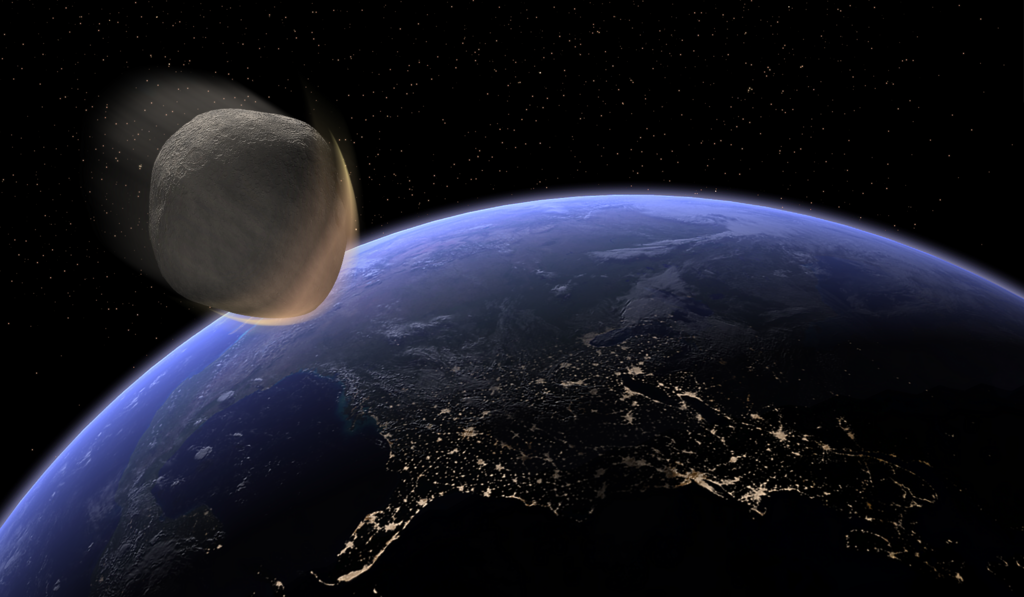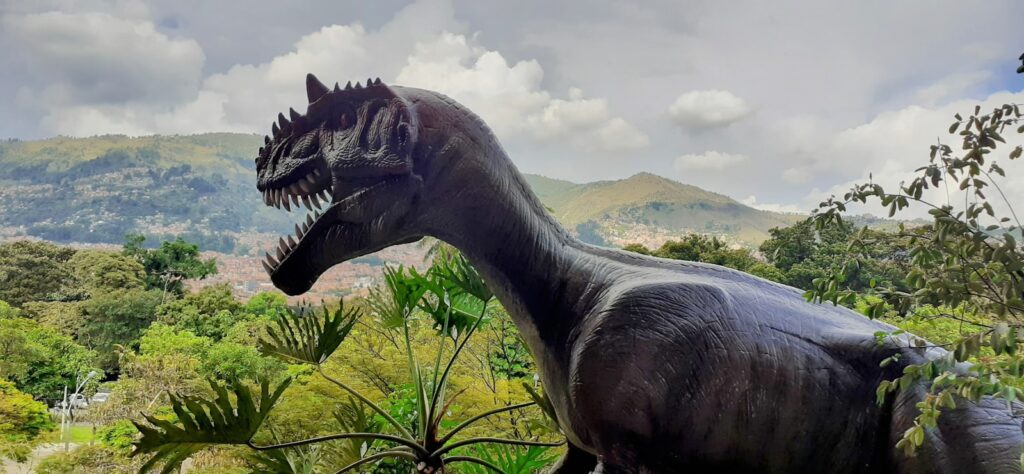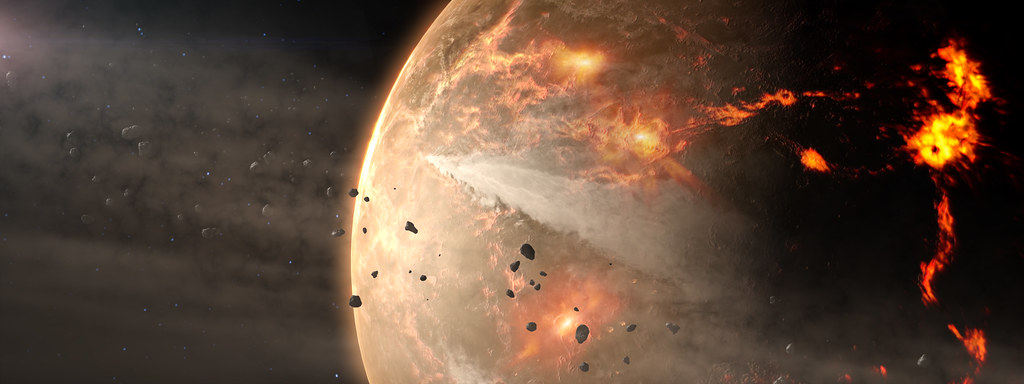Picture our planet roughly two hundred million years ago, when dinosaurs ruled the land and the world looked nothing like the map hanging on your classroom wall. The Jurassic Period extended from 201.3 million to 145 million years ago, and during this incredible span of time, something extraordinary happened. The supercontinent Pangea split apart, allowing for the eventual development of what are now the central Atlantic Ocean and the Gulf of Mexico. This wasn’t just a geological event – it was the ultimate game-changer for life on Earth, setting the stage for the most dramatic evolutionary revolution our planet had ever seen.
The Great Breakup Begins

Imagine having one massive continent where you could theoretically walk from Morocco to Argentina without ever getting your feet wet. That was Pangaea – a colossal landmass that dominated Earth’s surface. The Jurassic was a time of significant global change in continental configurations, oceanographic patterns, and biological systems. During this period the supercontinent Pangea split apart. The split wasn’t sudden or violent like you might see in a disaster movie. Instead, it was a slow-motion dance that unfolded over millions of years.
The landmasses were grouped into a northern region – Laurasia – consisting of North America and Eurasia, and a southern region – Gondwana – consisting of South America, Africa, India, Antarctica, and Australia. These two regions were separated by Tethys, a tropical east-west seaway. As the continents drifted apart, they created new ocean basins and dramatically altered global weather patterns, setting the stage for unprecedented biological diversity.
Climate Revolution in Motion
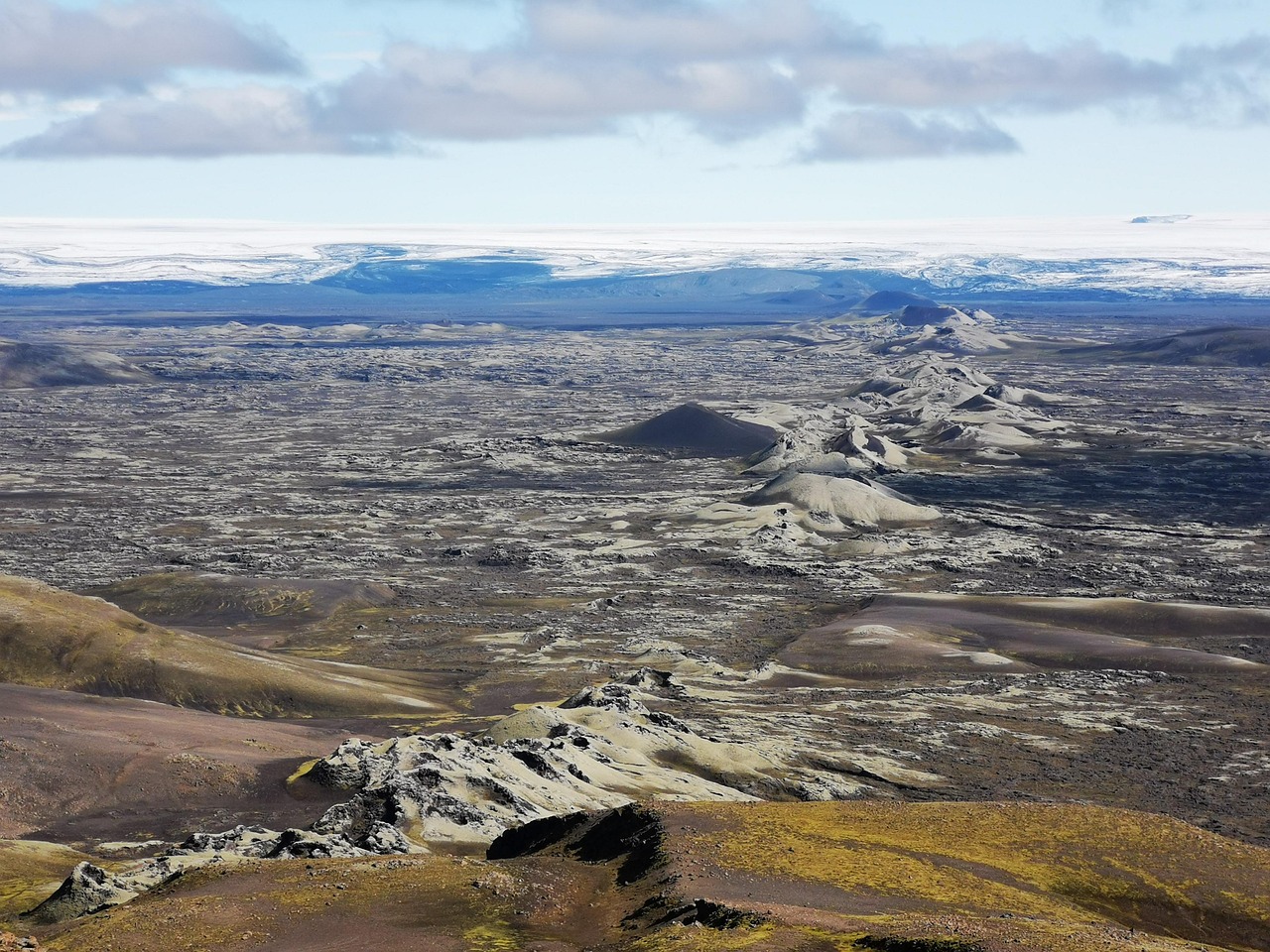
The breakup of Pangaea didn’t just redraw the world map – it completely revolutionized Earth’s climate system. All this water gave the previously hot and dry climate a humid and drippy subtropical feel. The creation of new seaways allowed ocean currents to flow in patterns never before possible, distributing heat around the globe in entirely new ways.
Heightened plate tectonic movement led to significant volcanic activity, mountain-building events, and attachment of islands onto continents. Shallow seaways covered many continents, and marine and marginal marine sediments were deposited. These dramatic changes transformed the planet from a world of harsh continental extremes into a more moderate, life-friendly environment. The vast interior deserts that had characterized Pangaea began to shrink, replaced by lush forests and sprawling coastal wetlands that would become the perfect nurseries for evolving species.
Marine Giants Take Center Stage

While dinosaurs captured the spotlight on land, the newly formed oceans became home to some of the most impressive predators Earth had ever seen. During the Jurassic period, long-necked plesiosaurs and dolphin-shaped ichthyosaurs dominated the oceans, from open water to the shallow coasts. Some of the best known are the plesiosaurs and ichthyosaurs, which quickly became the top predators in the oceans. These weren’t your average sea creatures – some of these marine monsters reached truly spectacular sizes.
The gigantic Shonisaurus sikanniensis whose remains were found in the Pardonet Formation of British Columbia, has been estimated to be as much as 21 m (69 ft) in length. Ichthyotitan, found in Somerset, has been estimated to be as much as 26 m long – if correct, the largest marine reptile known to date. The warm, shallow seas created by continental rifting provided perfect hunting grounds for these apex predators. Their success in these new marine environments demonstrates how geological changes can create entirely new ecological opportunities.
Evolutionary Explosion on Land
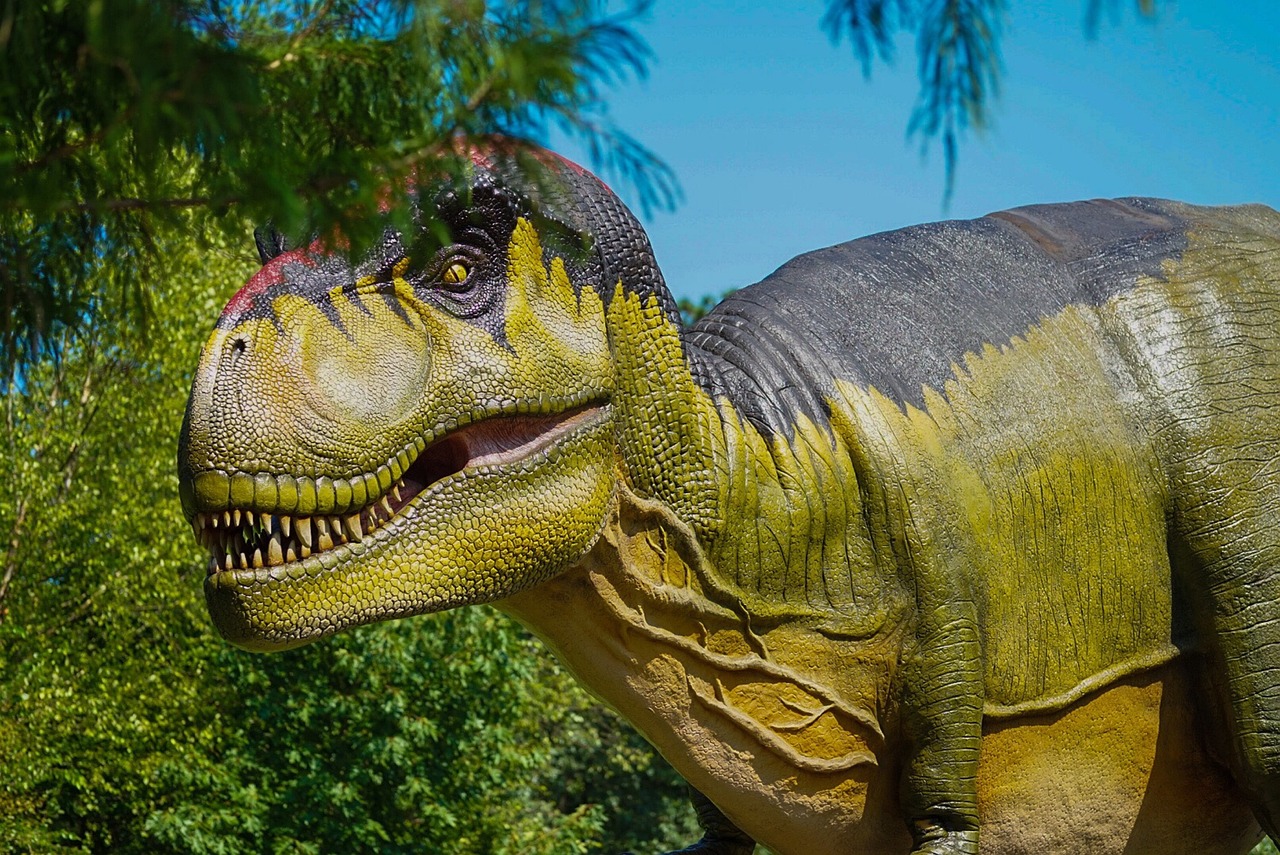
The Jurassic Period witnessed what can only be described as an evolutionary explosion among terrestrial animals. Many new dinosaurs emerged – in great numbers. The climate changes brought about by continental drift created diverse new habitats, from humid coastal forests to highland meadows, each providing unique evolutionary pressures that drove rapid speciation.
Some of the largest animals ever to live were dinosaurs of the Jurassic period. Some genera obtained lengths greater than 100 feet and weights of several tens of tons, making them the largest land animals ever to walk the earth. The long-necked sauropods like Brachiosaurus became living skyscrapers, while fearsome predators like Allosaurus evolved to hunt these giants. This arms race between predators and prey pushed both groups to evolve increasingly sophisticated adaptations, from defensive armor plating to razor-sharp claws.
The Birth of Flight
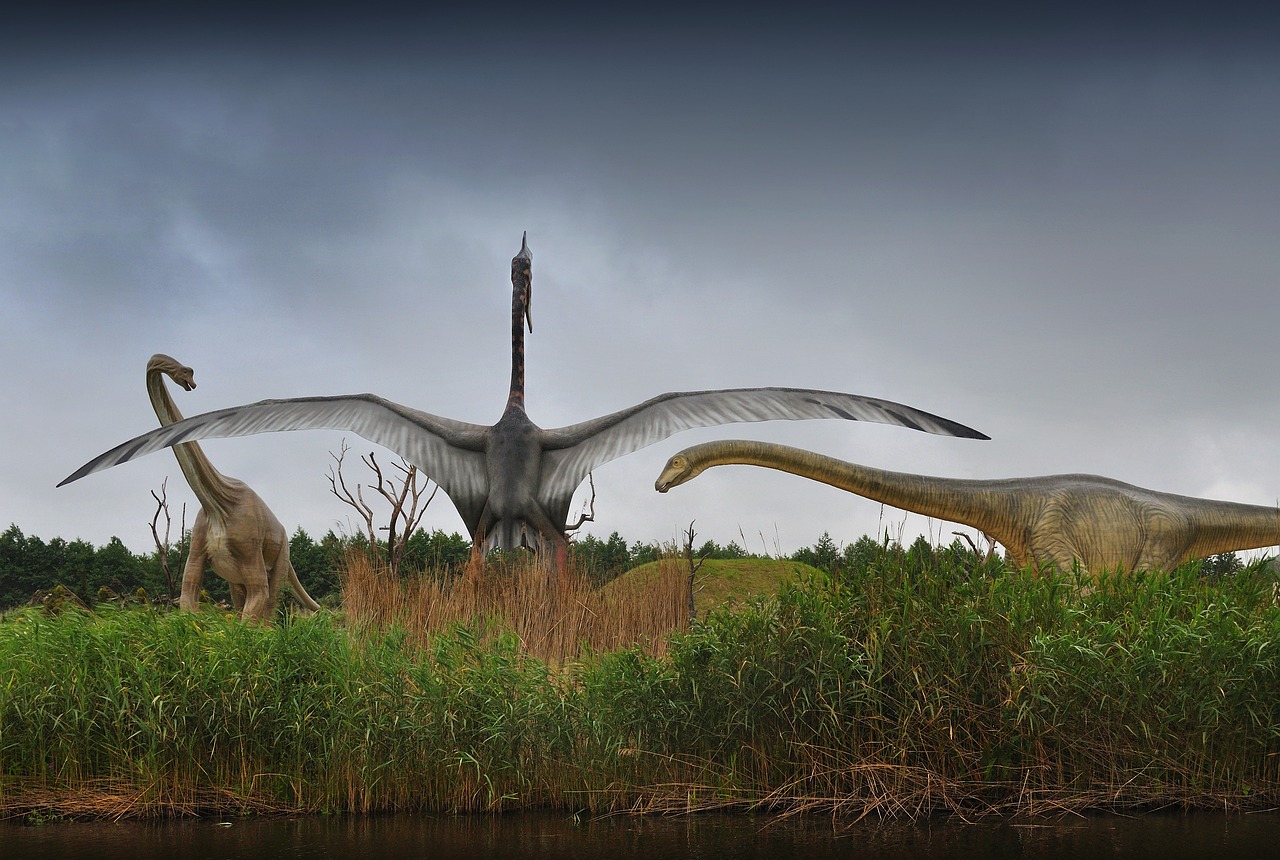
Perhaps one of the most revolutionary developments of the Jurassic was the conquest of the skies. The earliest known bird, Archaeopteryx, took to the skies in the late Jurassic, most likely evolved from an early coelurosaurian dinosaur. Archaeopteryx had to compete for airspace with pterosaurs, flying reptiles that had been buzzing the skies since the late Triassic period. This marked the beginning of one of evolution’s most remarkable success stories.
The development of powered flight opened up entirely new ecological niches and represented a quantum leap in vertebrate evolution. On land, dinosaurs and flying pterosaurs dominated the ecosystems, and birds made their first appearance. The ability to fly provided access to food sources that ground-dwelling animals couldn’t reach, allowed for rapid migration between distant habitats, and offered escape routes from terrestrial predators. This aerial revolution would eventually lead to the incredible diversity of bird species we see today.
Plant Life’s Green Revolution
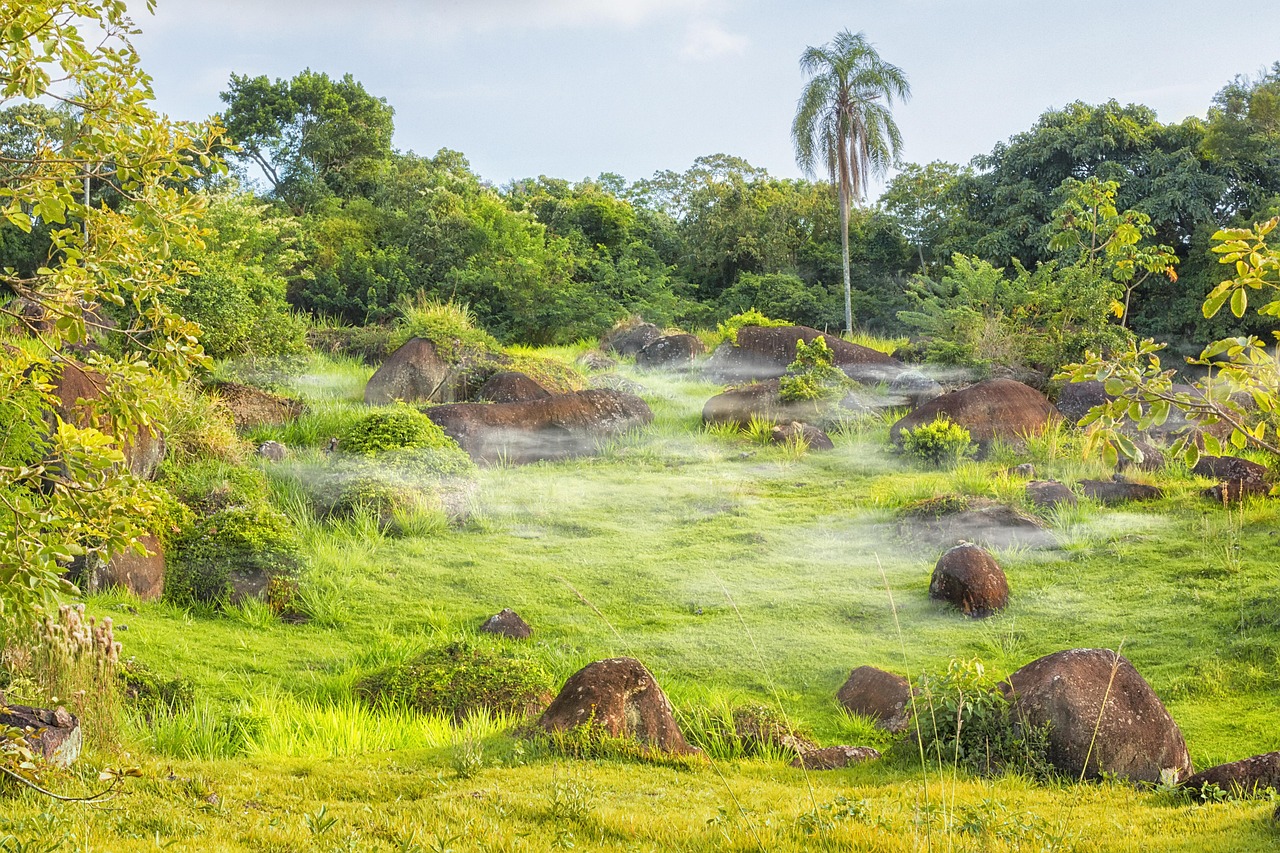
The changing climate and geography of the Jurassic Period triggered a botanical revolution that transformed terrestrial ecosystems. Dry deserts slowly took on a greener hue. Palm tree-like cycads were abundant, as were conifers such as araucaria and pines. The increased humidity and more stable climates allowed plant communities to flourish in ways never before possible on such a massive scale.
Ginkgoes carpeted the mid- to high northern latitudes, and podocarps, a type of conifer, were particularly successful south of the Equator. These extensive forests provided the foundation for complex food webs that supported the diverse array of herbivorous dinosaurs. The evolution of new plant communities created specialized ecological niches, driving the evolution of increasingly specialized herbivores that, in turn, supported more diverse predator communities.
Migration Highways and Isolation Islands

The breakup of Pangaea created a complex pattern of connection and isolation that would profoundly influence the course of evolution. Early dinosaurs like Coelophysis and Plateosaurus could theoretically migrate across the entire landmass without encountering a single ocean barrier. This connected world allowed dinosaur species to spread far and wide. Initially, the still-connected landmasses functioned as vast highways for species migration.
However, as the continents continued to drift apart, these highways gradually became islands of isolation. After Pangaea broke apart, landmasses and the animals on them became more isolated. Over millions of years, these isolated populations followed divergent evolutionary paths. This phenomenon, called allopatric speciation, allowed unique species to arise on different continents. This isolation-driven evolution explains why different continents today have such distinctive wildlife – from Australian marsupials to Madagascar’s lemurs.
Marine Ecosystem Revolution

The creation of new ocean basins during the Jurassic didn’t just provide more space for marine life – it fundamentally transformed how ocean ecosystems functioned. Life was especially diverse in the oceans – thriving reef ecosystems, shallow-water invertebrate communities, and large swimming predators, including reptiles and squidlike animals. The warm, shallow seas that formed between the separating continents became incredibly productive marine environments.
These “oceans” were small and shallow giving way to an excellent, warm, tropical climate. Many coral reefs were formed and life, in general, thrived. These reef systems supported complex food webs that included everything from tiny invertebrates to massive marine reptiles. The diversity of marine life during this period was staggering, with new species evolving to fill every available ecological niche in these newly created aquatic environments.
The Predator-Prey Arms Race

The Jurassic Period witnessed an escalating evolutionary arms race between predators and their prey that pushed both groups to remarkable extremes. Allosaurus, the quintessential Jurassic predator, evolved powerful jaws and razor-sharp teeth specifically adapted for hunting the large sauropods that dominated its North American habitat. Meanwhile, other continents developed their own unique predatory dinosaurs that reflected local prey availability and environmental conditions.
This geographic variation in predator evolution created what scientists describe as a global arms race between hunters and their prey. These large dinosaurs may have influenced the evolution of the first armored dinosaurs like the Stegosaurus. As predators became larger and more efficient killers, herbivores responded by evolving defensive adaptations like armor plating, spikes, and massive size. This evolutionary dance between hunter and hunted drove both groups to achieve sizes and capabilities never seen before or since.
Setting the Stage for Modern Biodiversity
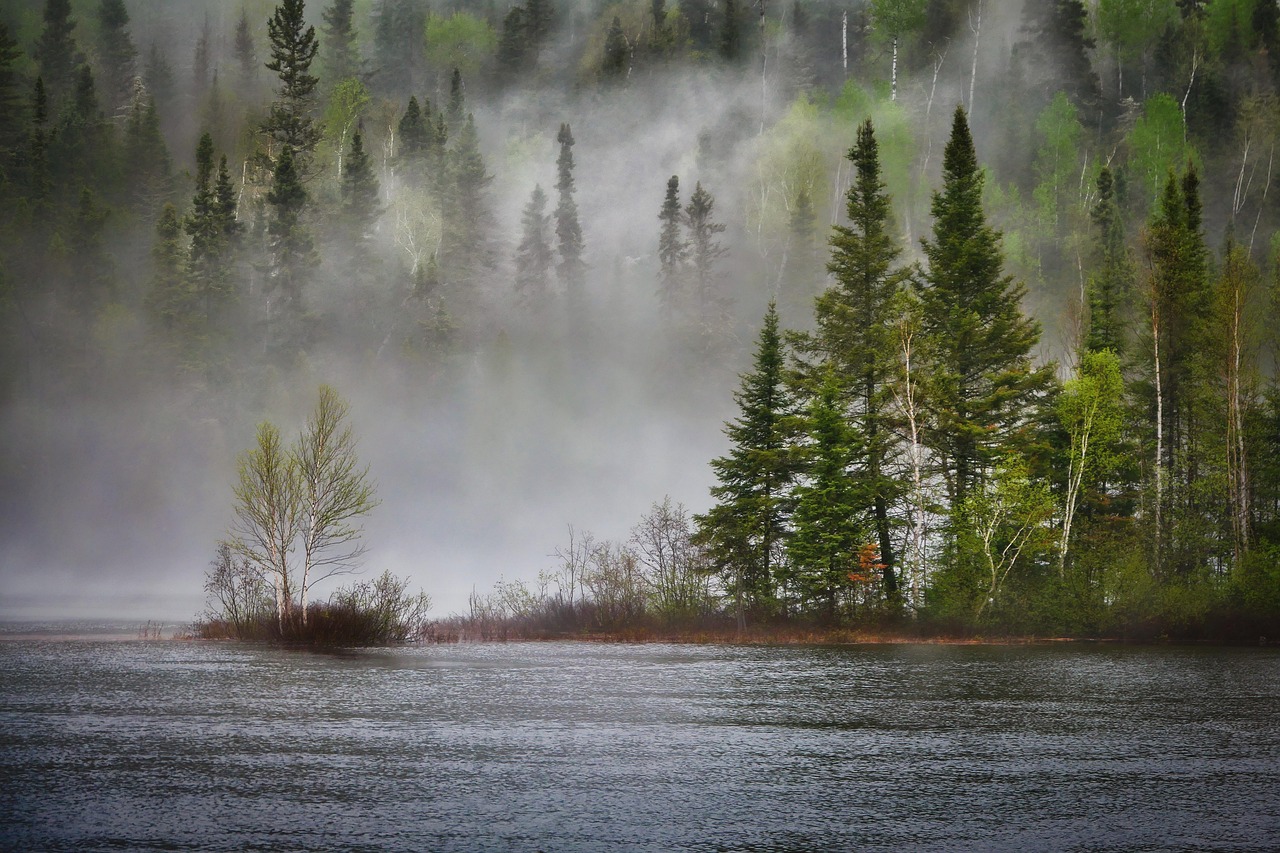
The Jurassic revolution didn’t just reshape life during that period – it established patterns that continue to influence biodiversity today. The isolation of populations led to the evolution of unique species in different regions, explaining much of Earth’s current biodiversity. Resource Distribution: Many of today’s fossil fuel deposits formed from Jurassic life, buried and transformed over millions of years. The continental configurations established during Pangaea’s breakup created the foundation for modern biogeographic patterns.
Climate systems: Global climate patterns established during Pangaea’s breakup, such as ocean currents and monsoon systems, continue to influence our weather. The evolutionary innovations that emerged during the Jurassic – from powered flight to gigantism to complex social behaviors – became the building blocks for all subsequent vertebrate evolution. Understanding this pivotal period helps us appreciate how geological processes and biological evolution are inextricably linked.
Conclusion
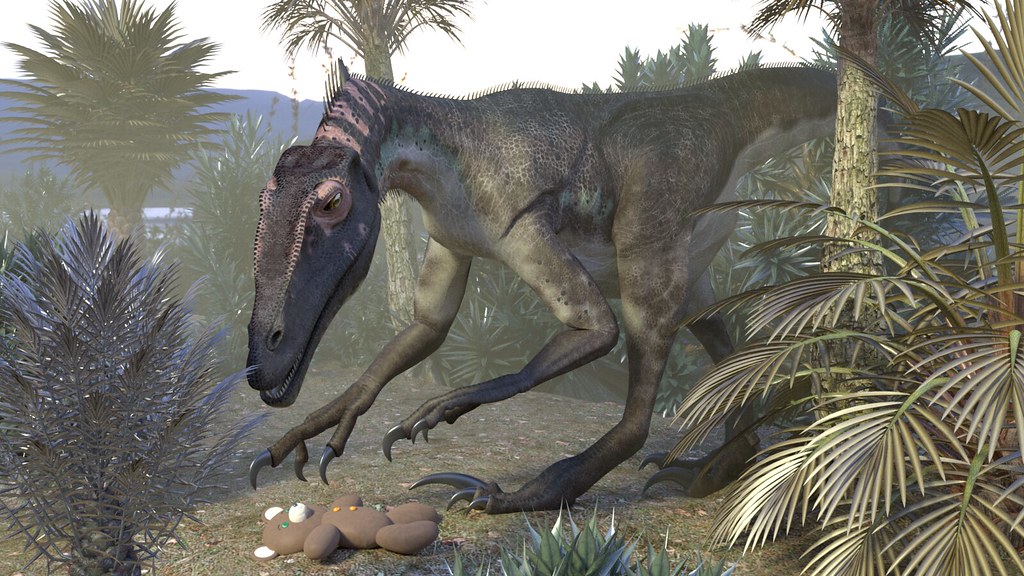
The Jurassic Period stands as one of the most transformative chapters in Earth’s history, when the simple act of continents drifting apart triggered a biological revolution that reshaped life forever. From the emergence of the first birds to the evolution of colossal marine reptiles, from the rise of flowering forests to the development of complex predator-prey relationships, every aspect of life was touched by this geological upheaval. The world that emerged from the Jurassic was unrecognizable from the one that entered it – more diverse, more complex, and more beautiful than anything that had come before.
Perhaps most remarkably, we’re still living in the shadow of the Jurassic revolution, with its evolutionary innovations and biogeographic patterns continuing to shape life on Earth today. The next time you see a bird in flight or marvel at the diversity of life on different continents, remember that you’re witnessing the legacy of that ancient time when drifting continents and shifting species rewrote the rules of life itself. Makes you wonder what other revolutions might be quietly unfolding beneath our feet right now, doesn’t it?


